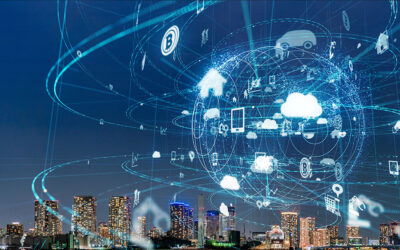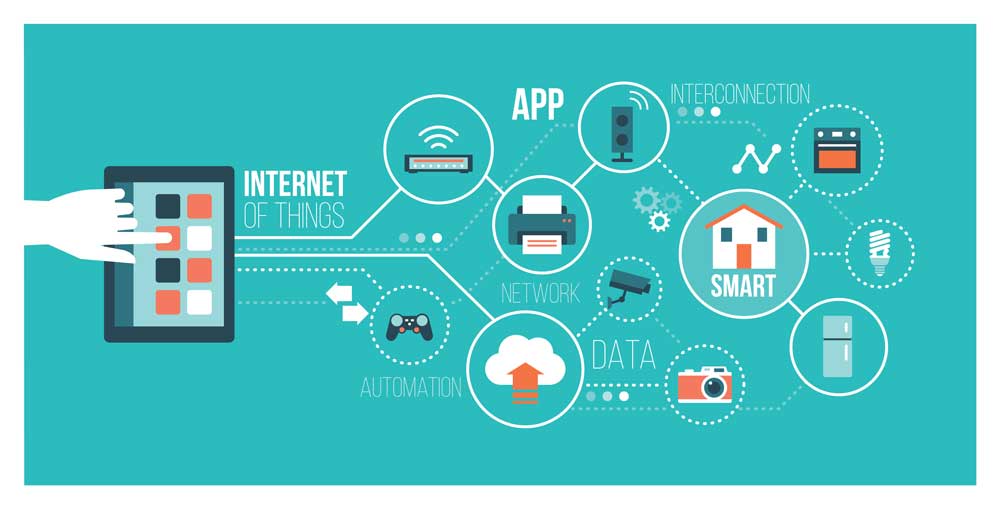The Newest Developments in the Internet of Things (IoT) Landscape
As a rapidly evolving technological field, the Internet of Things (IoT) constantly ushers in exciting new developments. It continues offering innovative solutions for businesses and consumers, driving efficiency, and creating opportunities. Here are some of the most significant recent advancements in IoT as we navigate the landscape in 2023.
1. IoT and Edge Computing
Edge computing, the concept of processing and storing data near its source, is transforming the IoT landscape. By decreasing latency and reducing the strain on network infrastructure, edge computing enables real-time data processing, a critical need in many IoT applications. The combination of IoT and edge computing, from autonomous vehicles to smart factories, is creating more efficient, responsive systems.
2. Growth in Healthcare IoT
IoT technology is increasingly being adopted in healthcare, leading to the rise of the Internet of Medical Things (IoMT). Innovative applications include remote patient monitoring, smart implants, and connected ambulances. The COVID-19 pandemic has accelerated the adoption of IoMT, highlighting its ability to enhance patient care and improve health outcomes. IoMT is poised for further growth as new applications continue to be developed.
3. IoT in Agriculture
IoT is playing a significant role in revolutionizing the agricultural sector. Smart farming technologies powered by IoT devices improve crop yield, optimize water usage, and increase overall operational efficiency. From soil sensors that measure moisture and nutrient levels to drone technology for precise crop monitoring, IoT is a boon for sustainable, efficient agriculture.
4. Security Enhancements in IoT
With the exponential growth of IoT devices, security remains a significant concern. However, strides are being made in IoT security with new protocols, standards, and technologies to protect devices and data. Machine learning algorithms detect suspicious activities and potential breaches, offering a more robust line of defense. Despite these advancements, the onus remains on businesses and consumers to prioritize security when deploying IoT solutions.
5. IoT and AI Integration
Integrating IoT with Artificial Intelligence (AI) leads to ‘intelligent’ IoT, or IoT 2.0. AI capabilities allow IoT devices to analyze and learn from the vast data they collect, leading to more insightful decision-making and predictive capabilities. This amalgamation enables advancements in various sectors, from predictive manufacturing maintenance to personalized retail experiences.
6. Growth of Smart Cities
The concept of smart cities, urban areas that use IoT devices to collect data and manage resources efficiently, is gaining momentum. IoT technologies drive traffic, optimize energy use, improve waste management, and enhance public safety, significantly improving urban living standards.
The recent developments in IoT signal an exciting era for this transformative technology. The integration of IoT with edge computing and AI, the rise of IoMT, the application of IoT in agriculture and smart cities, and the ongoing advancements in IoT security illustrate the technology’s potential to revolutionize various sectors.
As IoT evolves and matures, businesses and consumers must stay abreast of the latest developments to leverage the technology’s full potential effectively. By understanding the emerging trends and advancements in IoT, stakeholders can make informed decisions that drive efficiency, enhance safety, and ultimately contribute to a more connected, intelligent world.




